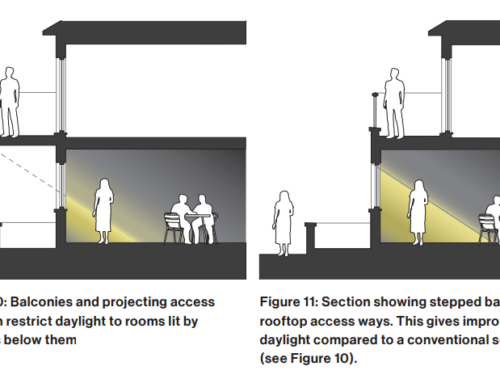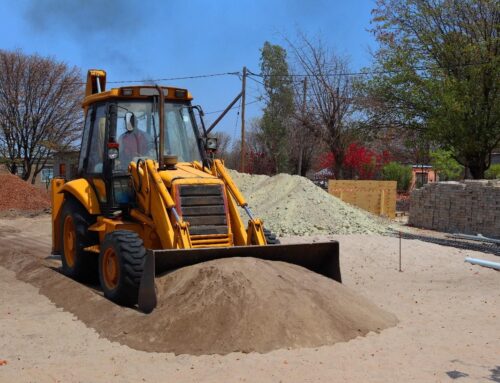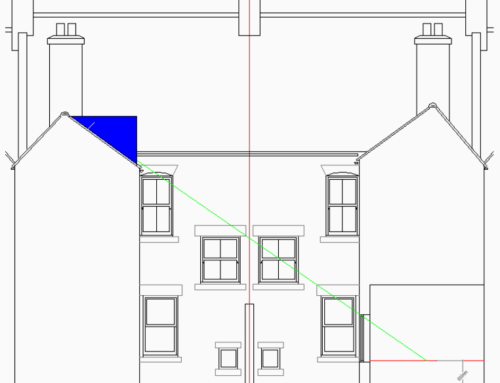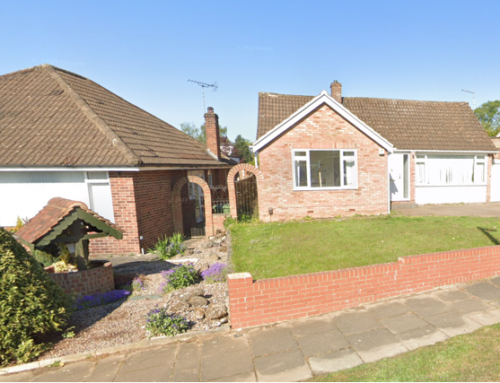What is a Light Obstruction Notice?
Generally, windows will obtain a legal right of light after 20 years of the passage of light through an opening into a building. In most instances, to prevent this right from being obtained for the full amount of light that a window currently benefits from requires an interruption (of the passage of at least part of this light) for a period of 12 months. After this period of time, the accumulated number of years’ enjoyment of light is removed in relation to the blocked part of the sky-light and the clock returns to zero years.
Such an interruption to the passage of light is usually a physical blockage of part of the light from the sky by the construction of a building, wall or fence but there is the alternative option of a Light Obstruction Notice which is a legal mechanism within the Rights of Light Act 1959 to create a notional obstruction. This remains ‘in place’ for 12 months, thereby preventing the acquisition of rights of light in respect of the extent of the obstruction described within the Light Obstruction Notice.
Who may wish to use it?
The potential for the extension of a building or the development of a site can be prevented, or at least frustrated and hampered, if neighbours have rights of light and if the proposed development would cause them a legal right of light injury. It might be possible for such a neighbour to obtain an injunction to prevent (or at least reduce) the development or, alternatively, sizable compensation may need to be paid to the neighbour to release their rights to enable the new construction to be built.
If a site with potential for development has a neighbour with window openings approaching 20 years old, the timely service of a Light Obstruction Notice upon that neighbour can extinguish their accrued progress towards the 20 years and prevent them from obtaining these rights for a further 20 years. This can be extremely beneficial for the developer.
Another possible use of a Light Obstruction Notice can be to ‘flush-out’ possible legal right of light issues with neighbours. Although there are costs to this process, including a charge to register the Notice, it can be useful to serve this on neighbours with known, or uncertain, possible rights of light to see if they object and challenge the Notice. If such a neighbour’s affected windows do have rights of light, and it can be demonstrated that the notional obstruction causes legal injuries to the building, the Notice would need to be withdrawn. Otherwise, after 12 months, any possible rights of light that a neighbouring building had obtained via the Prescription Act 1832 would be lost.
Can it be challenged?
If a Light Obstruction Notice is served upon windows which can be proven to have legal rights of light, the Notice can be challenged within 12 months and, if successful, the Notice must be withdrawn. Generally, therefore, unless the Notice is served in the knowledge that windows have or might have rights in order to ‘flush-out’ neighbours, careful thought and design is required to ensure that the notional obstruction is sufficient to serve its purpose; but not so as to obstruct windows with rights of light such as to cause injuries. Potentially, a Notice served on a number of windows could be overturned if just one of the affected windows has a right of light and the notional obstruction would result in a legal injury.
Timing
Timing is an unusual aspect of this, with possibly some legal uncertainty.
As already noted, the usual situation is that a window opening will obtain a legal right to light via the Prescription Act after 20 years of light passing through the opening and, as also already noted, it requires a full 12 month period to prevent this from being obtained. Thus, normally, the situation is that, if the light to a window is not obstructed until 19 years and one day, the window cannot be prevented from obtaining a legal right of light after 20 years; at 19 years and one day, there is not a full 12 months left before the 20 years.
There is legal opinion, including Michael Barnes QC in his book “The Law of Rights of Light”, that the wording of Section 3(4) of the Rights of Light Act means that, although not the reality, for a Light Obstruction Notice, it can be taken that the passage of light through the window opening began 12 months before it really did! This would mean that the cut-off for the service of a Light Obstruction Notice is 18 years and one day rather than the normal 19 years and one day.
We are surveyors rather than lawyers and so we cannot provide further legal opinion regarding the wording of this Section of the Act or whether the 18 years and one day aspect is enforceable but it is certainly an aspect which needs to be fully considered with regards to timing of the service of a Light Obstruction Notice.
Will this 12 months’ interruption always quash a right of light or prevent acquisition ?
Action in respect of a legal right of light is generally brought from a right obtained via the Prescription Act 1832; this would be prevented, or removed, by a 12 month interruption. There are, however, alternative means by which a building may have a legal right of light, such as Common Law Prescription/Lost Modern Grant or a right granted as a deed. In these circumstances, a 12 month interruption will not necessarily remove any such right albeit that it could be argued that any such acquiescence by not taking action in response to a Notice would weaken the strength of any possible future legal action.
How we can help
At Smith Marston, we cannot undertake the service of a Light Obstruction Notice, which is for a lawyer, but we can assist with regards to the design of the notional obstruction to ensure that it does what it’s meant to do but not affect unintended windows. If you would like to discuss any right of light matters or a right to light assessment, please contact us.
Related Articles
Rights of Light – Beware of the Side Extension
Will Trees Affect My Right to Light?
Extraordinary Rights Of Light…Such As A Greenhouse
What About My Shed…Can That Have A Right To Light?







